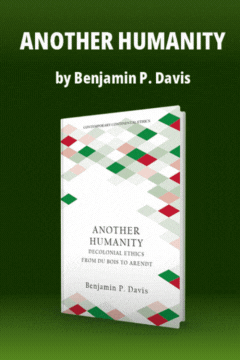Marginal Industries, Low Wages, and High Risks
Marginal Industries, Low Wages, and High Risks
In 1956 about two out of every three Americans lived in a metropolitan area. The greatest growth since 1950, however, was not in the central cities themselves, but in the surrounding country. Fully half of the increase occurred in territory listed as rural in the 1950 census; by 1960 many of these newly developed suburban areas were officially classified as urban. The rural population of America, then, has once again shrunk, both absolutely and also relative to urban population. And the percentage of people living in those great agglomerations known as metropolitan areas has increased, thanks primarily to the urbanization of the suburbs. In some parts of the country—notably in that great swath running from Alexandria, Virginia, to Portland, Maine—metropolitan areas are gradually fusing into a great super-metropolis, a megalopolis.
These population shifts produce profound changes in living habits, culture, economy, and politics—changes so rapid and radical that unless they are anticipated they can overwhelm the civilization from which they spring. The special character of metropolitan problems lies in their complexity, their inextricable intertwining. The special response of our society must take the form of planni...
Subscribe now to read the full article
Online OnlyFor just $19.95 a year, get access to new issues and decades' worth of archives on our site.
|
Print + OnlineFor $35 a year, get new issues delivered to your door and access to our full online archives.
|






